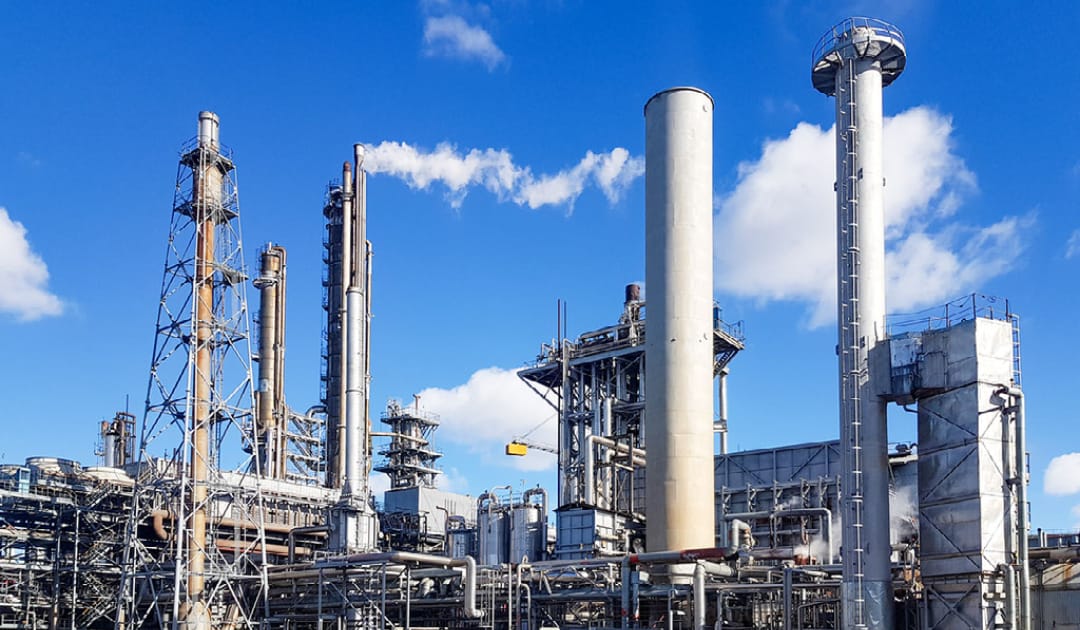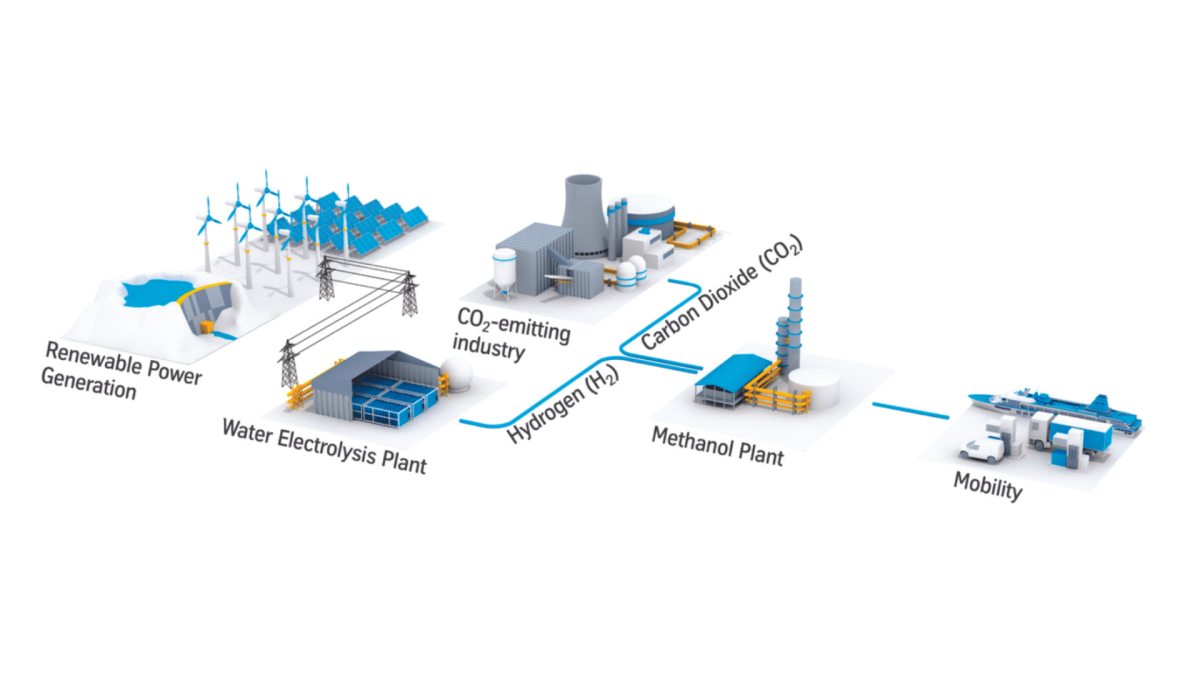India and Saudi Arabia Sign MoU for Green Hydrogen Supply Chain and Power Grid Interconnection

In a significant step towards bolstering their energy cooperation, India and Saudi Arabia have inked a memorandum of understanding (MoU) for the development of a green hydrogen supply chain and the interconnection of their power grids. The MoU was formally signed on Sunday in Riyadh, Saudi Arabia, with the Union Minister for Power and New & Renewable Energy, RK Singh, and Saudi Arabia's Minister of Energy, Abdulaziz bin Salman Al-Saud, putting their signatures to the agreement. This momentous collaboration took place on the sidelines of the MENA Climate Week 2023.
The memorandum of understanding outlines a comprehensive framework for cooperation between the two nations in the realm of electrical interconnection. Its key objectives include the exchange of electricity during peak demand and emergencies, co-development of projects, co-production of green and clean hydrogen, as well as renewable energy, and the establishment of secure, reliable, and resilient supply chains for materials used in the green hydrogen and renewable energy sectors. This partnership underscores both countries' commitment to sustainable energy solutions. The MoU follows closely on the heels of an energy cooperation pact that was signed between India and Saudi Arabia nearly a month ago. This previous agreement encompassed cooperation in renewable energy, energy efficiency, grid interconnection, strategic petroleum reserves, and energy security, among other areas.
Notably, India has been actively exploring the possibility of linking its national power grids with Saudi Arabia and the United Arab Emirates via subsea cables on its west coast, and with Singapore on its east coast. The aim is to create a system where power resources can be shared across regions, reducing the need for costly renewable energy storage solutions and enhancing the reliability of power grids. India's pursuit of grid interconnectivity aligns with its One Sun One World One Grid (OSOWOG) plan, an ambitious initiative that seeks to connect countries worldwide through a global power grid. This strategy is not only geared towards bolstering energy security but also addressing long-term economic and environmental objectives.
In addition to the MoU, both energy ministers agreed to conduct B2B Business Summits and regular interactions to establish comprehensive supply and value chains in the energy sector. At the MENA Climate Week 2023, RK Singh emphasized India's growing role in the global energy landscape. India, as the world's fifth-largest economy with nearly 17% of the global population, is actively working towards reducing the emission intensity of its GDP by 45% by 2030 and achieving Net Zero by 2070. Singh also invited MENA countries to join the recently launched Global Biofuels Alliance, which aims to foster international cooperation in sustainable biofuels development and deployment.
The Global Biofuels Alliance was launched on September 9 during the G20 Summit in New Delhi, with 19 countries and 12 international organizations already committing to the initiative. Notably, Saudi Arabia, a key West Asian oil producer, has not yet joined the alliance. This significant cooperation between India and Saudi Arabia underscores their commitment to sustainable and environmentally responsible energy solutions, while also fostering international collaboration in the pursuit of cleaner and more efficient energy systems.




